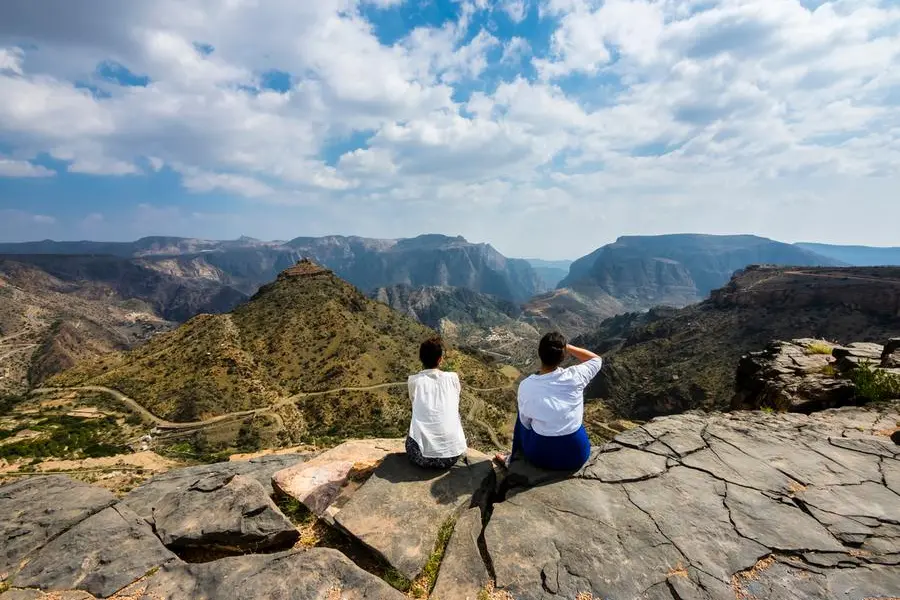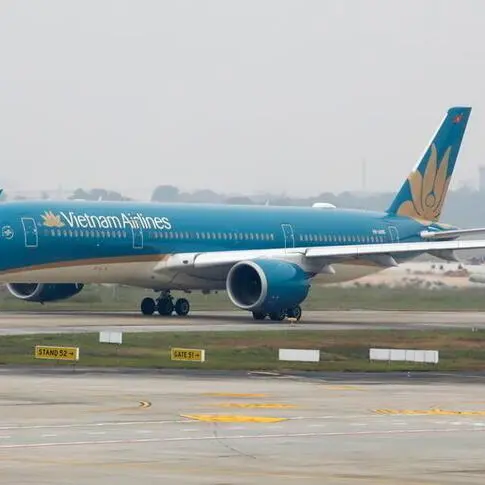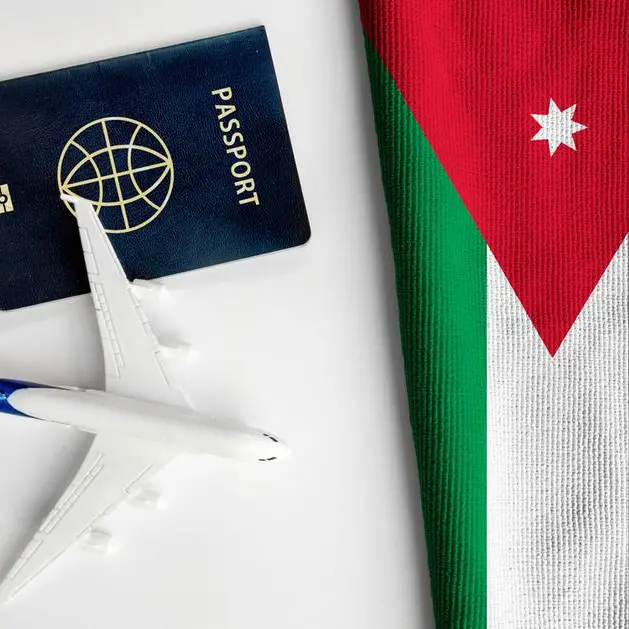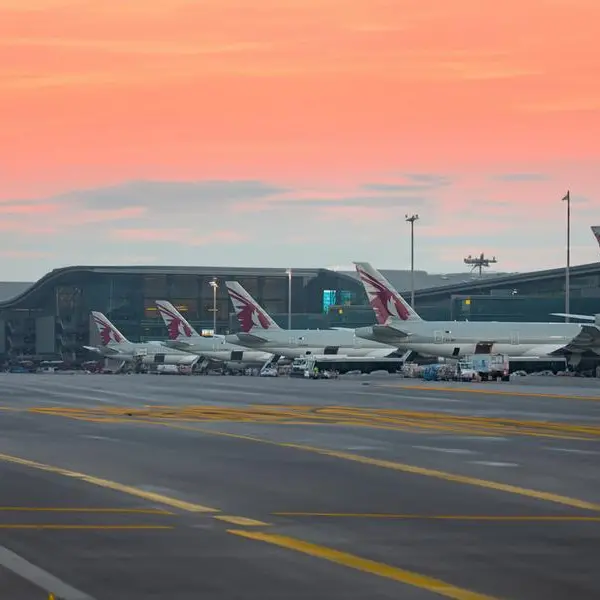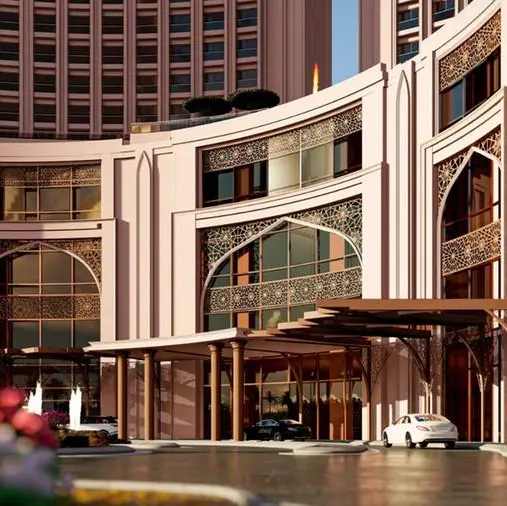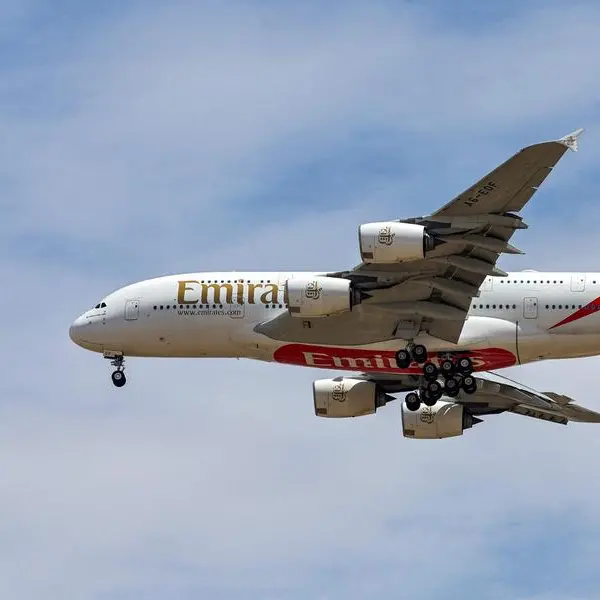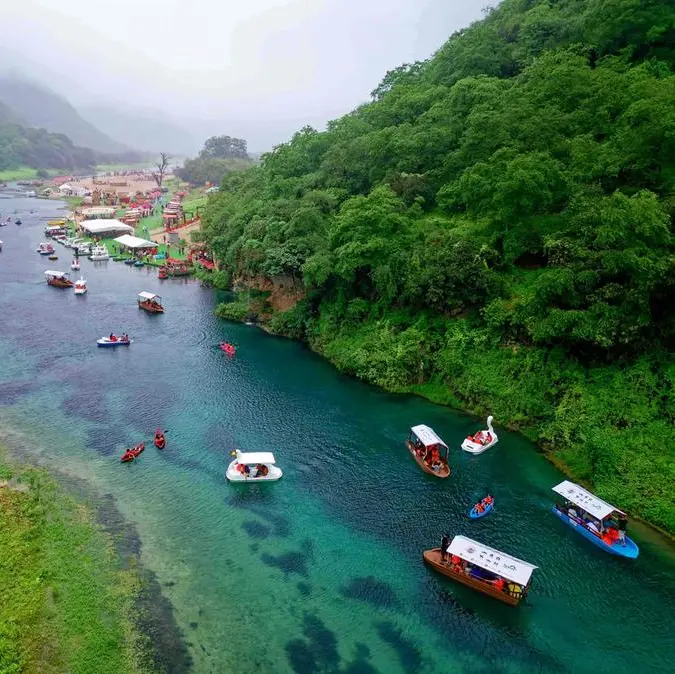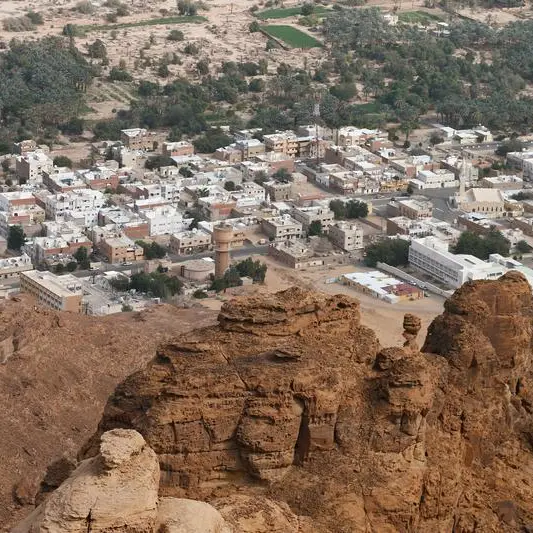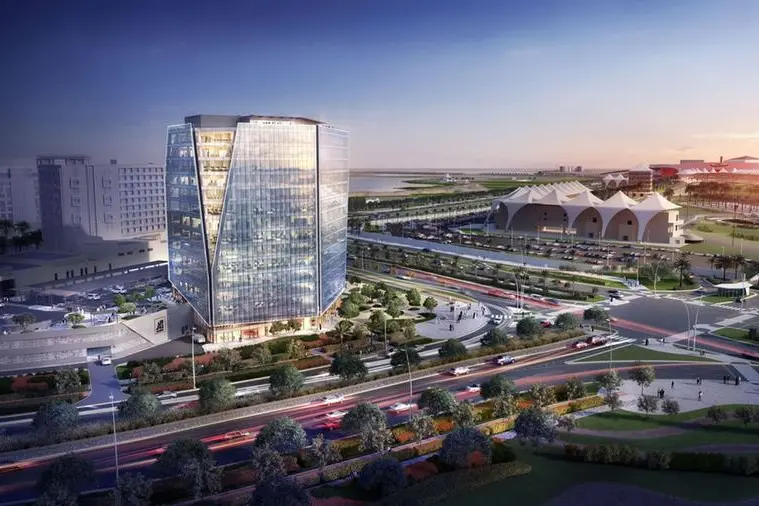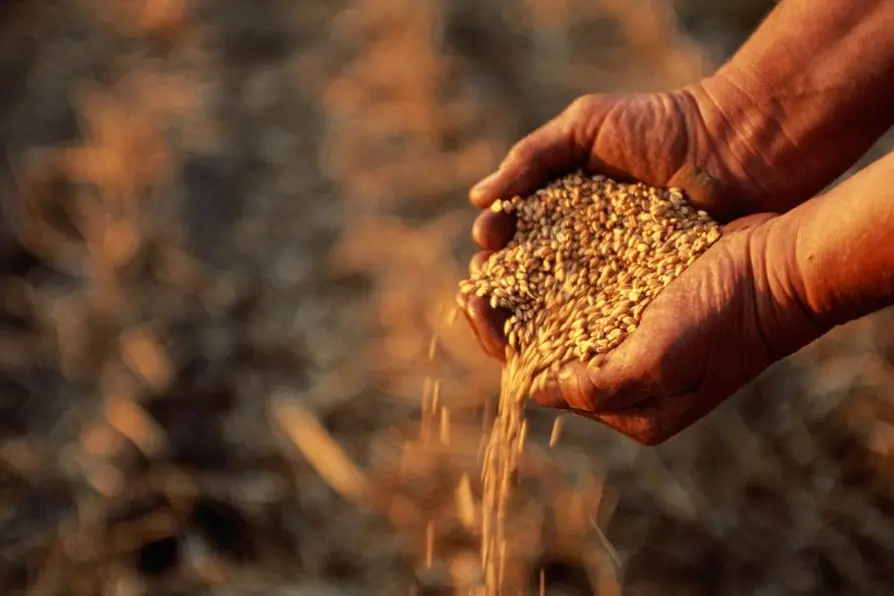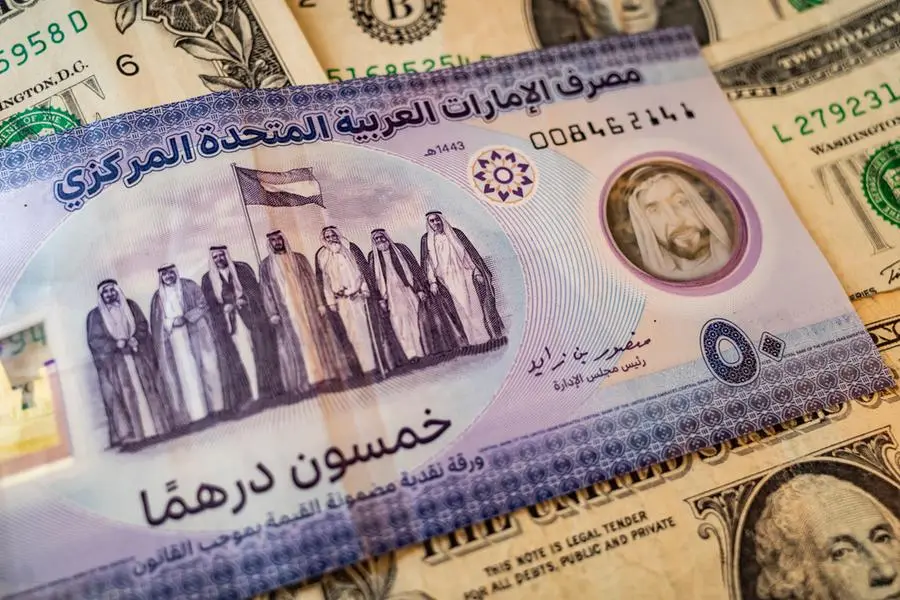PHOTO
The importance of tourism growth in the Sultanate of Oman in the next few decades is clear. Oman’s Tourism Strategy indicates that the number of tourist arrivals is set at over 5 million by 2040, and the tourism sector's contribution to GDP is to increase from 2.4% in 2021 to approximately 5.9% by 2040. With neighbouring countries such as Saudi Arabia and Qatar also setting their own tourism goals, Oman is differentiating its tourism offer to maintain its competitive edge.
With its extensive range of landscapes and rich cultural heritage, Oman is fortunate to do just that. Nevertheless, its long-term ambitions lie in a sustainable tourism approach that “takes full account of its current and future economic, social, and environmental impacts, addressing the needs of visitors, the industry, the environment, and host communities," according to the United Nations World Tourism Organisation. But what exactly does that mean?
Preserving natural heritage and landscapes
New attractions such as the Oman Botanic Garden will likely become hugely popular among local and international visitors, and promoting the protection of Oman’s flora through environmental thinking will provide an invaluable service. The Dimaniyyat Island Nature Reserve has attracted an ever-increasing number of visitors over the last few years and has become a major natural visitor attraction.
Camping, snorkeling, and scuba diving are just some of the appealing pursuits, not without their ecological impacts. Frequent sightings of sharks or seahorses are already myths of the past.
Jabal Akhdar has become a must-see place in Oman as hotels and more infrastructure projects are planned in the coming years. More than ever, visitor management and legislation are critical to maintaining the ecological value and integrity of those sensitive landscapes to withstand the pressures of tourists. Expertise in visitor management is essential to incorporating responsible practices if visitors are to enjoy Oman’s natural heritage for decades to come. Visitor management frameworks for natural sites are essential tools for SMEs to commodify to create memorable visitor experiences.
Involving communities in cultural heritage
Oman's rich cultural heritage, such as forts, castles, and traditional souqs, is undoubtedly an iconic landmark. So are traditional ways of life that are connected to the falaj still existing today, which are frequently celebrated by local and international visitors. Scenic mountainous places such as Wakan and Misfat Al Abriyeen are feeling the demands of large numbers of tourists that far outnumber residents during the popular winter season.
Maximising and distributing the economic and social benefits of tourism to communities takes a continuous and collaborative effort.
Likewise, archaeological sites at Bat, Bisya, and Salut, or the Al Harat of Al Aqar near Bahla Fort, have great potential to see their benefits of economic and social well-being trickling into the local communities through job creation and service provisions.
Common sense prevails in maintaining a continuous dialogue with local communities, as they are the stewards of their culture and heritage. Many tourism experts argue that the needs of the community are the first priority and those of visitors are second. Successful initiatives in Nizwa and Al Hamra provide valuable lessons to be applied elsewhere.
The challenges of balance
While Yiti Sustainability City has become a household name in Oman, sustainable tourism isn’t isolated to just a few locations but is essential in all tourism-active areas. Initiatives of geo-tourism such as developing sensibly the Majlis Al Jinn cave and community-based tourism in the old town of Nizwa are only some examples, and such integrated sustainable practices need to find their way into the mainstream. By balancing economic growth with environmental and cultural preservation, sustainable tourism can benefit local communities and visitors. However, finding that balance is far from easy and will likely involve different challenges in such a diverse and naturally and culturally rich country as Oman.
Building partnerships
The tourism industry is set to remain a vital sector in Oman, and only through social, environmental, and economic sustainability will it ensure its future to 2040 and beyond. Building long-term collaborative partnerships with residents, the private sector, and the public sector and listening to experts are fundamental to success. The primary question of sustainable tourism is not ‘What does the destination offer visitors?’ but should be ‘What do visitors offer the destination?’
2022 © All right reserved for Oman Establishment for Press, Publication and Advertising (OEPPA) Provided by SyndiGate Media Inc. (Syndigate.info).
